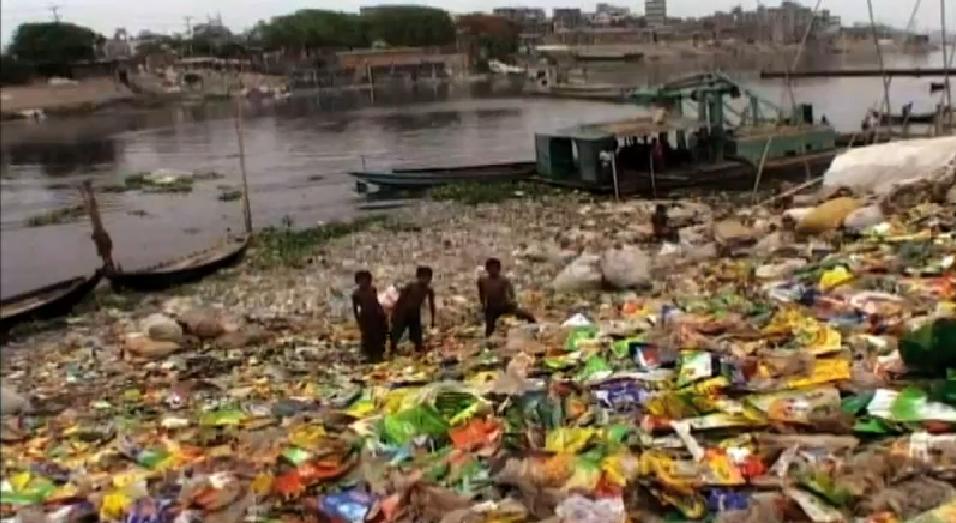Water, as a resource, is a fundamental necessity to our existence, yet from China to the Middle East to California, nearly every region of the world is facing a shortage of it. In fact, by 2025, half of the world’s population will not have adequate access to clean water. To make matters worse, less than one per cent of the earth’s water is actual freshwater that is available to drink. This begs the question: how can we ensure, now and in the future, that there will be high quality drinking water for all?
Produced by Participant Media, the same people who brought us An Inconvenient Truth, Food Inc. and Waiting For Superman, Last Call at the Oasis is directed by Oscar winner Jessica Yu. The film deals extensively with this global water crisis and looks at various solutions to help alleviate it, taking audiences across the United States, Australia and Israel during its investigation.
According to the film, California is the very epitome of the global water crisis. The Central Valley, which produces nearly 25 per cent of the food consumed in the United States, is battling the U.S. government over production resources. Farming typically takes nearly 80 to 90 per cent of water consumption in most states, with the other 10 to 20 per cent being distributed to other remaining areas, such as commercial or residential areas, or even for power usage. Considering this, in California’s case the combination of climate change, population growth and groundwater depletion spells major trouble.
When Ohio’s Cuyahoga River burst into flames in 1969 (yes, you read that right), the American environmental movement became galvanized. This eventually led to the foundation of the Environmental Protection Agency and the signings of the Clean Water Act and the Safe Drinking Water Act. However, in 2005, former U.S. vice-president Dick Cheney helped create the so-called “Halliburton Loophole,” which exempted all the major gas and fracking industries in the U.S. from the Safe Drinking Water act. Naturally, this led to highly contaminated and toxic water levels in many parts of the United States, such as Midland, TX., the childhood home of former president George W. Bush. Today, the rise in cancer among many citizens of Midland is reaching alarming levels. As one commentator sarcastically notes, “most people don’t poison their hometown.”
This is an expertly made film: its slick cinematography, fast-paced editing, superb effects and excellent use of music make it apparent that this is about as high-budget and sophisticated as they come among documentaries. One of most effective scenes occurs early on in the film: unsettling images of impoverished citizens from a Third World country fighting for water distributed by foreign aid workers are pinned to contrast to our Western world with water parks, golf courses, car washes and water fountains. As American scientist Peter Gleick argues, “an infinitely growing population cannot be satisfied with a finite amount of water on this planet.”
The various activists, small-time farmers and environmental scientists highlighted in this film exemplify one of Albert Einstein’s most famous quotes: “those who have the privilege to know have a duty to act.” Hopefully the more we know, the more likely we are to do the right thing.
Last Call at the Oasis screens Monday, March 18 at 7 p.m. in Room H-110, 1455 De Maisonneuve W. As part of World Water Week, this screening is in collaboration with Back the Tap Coalition. For more information, visit www.cinemapolitica.org/concordia.
